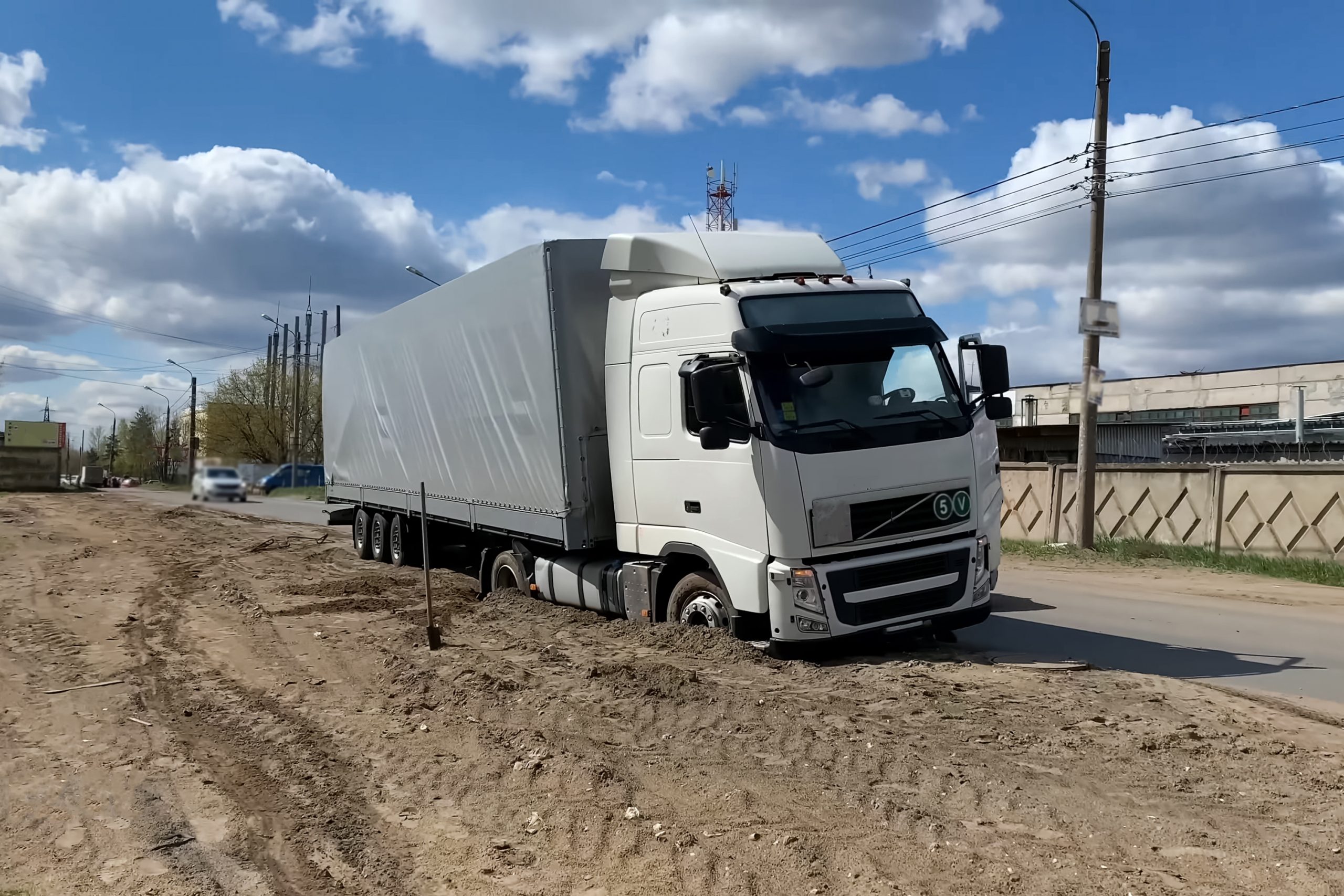Maximizing efficiency with 3PL ecommerce fulfillment
Explore the transformative potential of Shopify’s multiple warehouses in this comprehensive guide that delves into the strategies for streamlining operations and enhancing efficiency across multiple locations, paving the way for business growth and customer satisfaction.

Henry Kivimaa

Have you ever thought about starting an e-commerce business? Maybe you’ve been shopping online and have pictured your own store. Perhaps you even have a great idea for a product you want to sell.
But while picturing that, another image comes to your head. An image of the hoards of trucks reversing to your warehouse, emitting this annoying high-pitched peep while you run around trying to find an optimal spot to store all the goods, where they won’t mess up your entire inventory management you’ve been improving for so long. And quickly, the desire to start an e-commerce business has vanished.
If even a word from this was relatable, you’d be happy to know there’s a solution. This article looks into 3PL e-commerce fulfillment, a way to transform logistical nightmares into streamlined, efficient processes that can scale with your business.
What is 3PL ecommerce fulfillment?
3PL (third-party logistics) e-commerce fulfillment refers to outsourcing the storage, handling, and shipping of e-commerce goods to a third-party provider. This process is an integral part of the e-commerce business model, allowing online retailers to focus on other aspects of their business, such as product development, marketing, and customer service. At the same time, the 3PL provider takes care of the logistics chain.
That can clearly benefit many businesses that don’t have the resources to deal with the logistics themselves. To get a better understanding, let’s move on and take a look at the step-by-step process.
What does the 3PL ecommerce fulfillment process look like?
The 3PL e-commerce fulfillment process usually consists of 10 steps. Let’s go through each one and break them down.
1. Integration
As the first step, the e-commerce business integrates its online sales channels and inventory management system with the 3PL provider’s system. This enables seamless communication of order and inventory data between the e-commerce platform and the 3PL.
2. Inventory shipment
Next, the e-commerce business ships its inventory to the 3PL provider’s warehouse or fulfillment center. This can involve multiple products and quantities depending on the exact business needs.
3. Receiving and storage
Once the 3PL provider receives the inventory, they inspect it for damage and store it in their warehouse. The products are organized and shelved in a way that optimizes the picking and packing process.
4. Order processing
When a customer places an order on the e-commerce site, the order details are automatically sent to the 3PL provider. This includes information on the items purchased, the quantity, and the shipping destination.
5. Picking and packing
The 3PL’s warehouse staff retrieves the ordered items from their storage locations (picking) and then packages them securely for shipment (packing). This step may include assembling multiple items into one order, adding packaging materials, and adding any necessary documentation.
6. Shipping
Once an order is packed, the 3PL arranges for its shipment. This involves selecting a carrier and shipping method based on the delivery preferences or instructions specified by the e-commerce business or its customers. The 3PL prints shipping labels, attaches them to the packages, and hands them off to the carrier for delivery.
7. Delivery
The carrier delivers the order to the customer’s specified address. Delivery times can vary based on the destination and the shipping method chosen.
8. Returns processing
If a customer returns an item, the 3PL handles the reception of the returned goods. They inspect the items to determine their condition and decide whether they can be restocked, repaired, or disposed of. The 3PL then updates the inventory accordingly.
9. Inventory management
The 3PL provider monitors inventory levels throughout the process, providing restocking alerts when stock is low and generating reports on inventory status, order volume, and fulfillment accuracy. This data helps the e-commerce business make informed decisions about inventory and sales strategies.
Simplify your inventory management with Katana
Katana’s cloud inventory platform makes it easy to keep your inventory levels optimized. Monitor your stock in real time, avoid stockouts and overstock, and plan ahead with Katana.
10. Continuous optimization
Based on their expertise and the performance data collected from fulfilling orders, the 3PL may offer insights and advice on improving logistics efficiency, such as packaging options, shipping methods, or warehouse operations.
As you can see, the 3rd party order fulfillment process can be quite complex, highlighting the value that partnering with a 3PL provider can bring to an online business, especially regarding logistics efficiency, scalability, and customer satisfaction. Next, we’ll take a look at the specific benefits and challenges third-party e-commerce fulfillment brings.
Benefits of 3PL ecommerce fulfillment
Clearly, 3rd party order fulfillment comes with many benefits. Here are the six main ones:
- Cost efficiency — Leveraging a 3PL for e-commerce fulfillment can lead to significant savings in logistics costs. By pooling the resources and shipping volumes of multiple clients, 3PL providers can offer reduced rates on storage and transportation. This eliminates the need for businesses to invest heavily in warehouse space, technology, and staff.
- Expertise and experience — 3PL providers specialize in logistics and have a wealth of knowledge and experience. They stay up-to-date with the latest regulations, technologies, and best practices in supply chain management, offering businesses a competitive edge.
- Scalability and flexibility — 3PL services can easily scale up or down based on business needs. This flexibility is invaluable for handling seasonal fluctuations, market expansion, or rapid growth without the need for significant capital investment or long-term commitments.
- Focus on core business — Outsourcing logistics allows companies to concentrate on their core competencies, such as product development, marketing, and sales. This can lead to better products, improved customer service, and faster growth.
- Access to advanced technology — Many 3PLs invest in state-of-the-art logistics technology, including warehouse inventory management systems, transportation management systems, and customer relationship management platforms. Businesses can benefit from these technologies without the direct investment.
- Improved customer satisfaction — Professional 3PL services can lead to faster delivery times, higher accuracy rates, and better overall service quality, improving customer satisfaction and loyalty.
These all sound pretty good, but before you jump in, you need to also consider all the challenges that can come with 3rd party order fulfillment. Let’s take a look at these next.

Challenges of 3PL ecommerce fulfillment
To keep everything nicely in balance, here are the six challenges businesses should be aware of when dealing with 3PL order fulfillment:
- Loss of control — Outsourcing logistics means relinquishing control over certain aspects of the supply chain. Businesses must trust their 3PL partners to handle operations according to agreed standards, which can sometimes lead to communication gaps or misunderstandings.
- Dependence on the provider — Relying on a third party for critical operations creates a dependency that can be risky if the provider fails to meet service levels due to operational issues, financial instability, or natural disasters.
- Integration and compatibility issues — Seamless integration between a business’ systems and the 3PL’s operations is crucial. Technical incompatibilities can lead to inefficiencies, errors in order processing, and inventory discrepancies.
- Hidden costs — While 3PL services can offer cost savings, there can be hidden costs associated with setup fees, minimum volume commitments, or additional services that were not initially considered. Businesses need to understand and negotiate the terms of their contracts clearly.
- Limited customization — Standardized processes and operations mean that some 3PL providers may offer limited customization options. Businesses with unique products or specific logistical requirements may find this challenging.
- Quality and performance variability — The quality of service can vary significantly between different 3PL providers and even within different facilities of the same provider. Businesses must conduct thorough research and possibly engage in trial periods to ensure the chosen 3PL meets their expectations.
In conclusion, while the use of 3PL can offer numerous benefits, including cost savings, expertise, and scalability, it also comes with challenges, like a loss of control, dependence, and potential integration issues.
If you’re considering a 3PL partnership, make sure you carefully weigh these factors and conduct due diligence to select a provider that aligns with your logistical needs and business goals.
Manage your 3PL ecommerce fulfillment with Katana
One of the main concerns when dealing with 3PL providers is the loss of visibility and control. But with the right toolset, this can be avoided. Katana’s 3PL inventory management software gives you a clear overview of your inventory, whether outsourced or in-house.
Katana also integrates seamlessly with the best e-commerce platforms, including:
Having all your software integrated eliminates discrepancies and minimizes manual work, so you can work on promoting and growing your brand.
If you want to learn more about Katana and how it can help your business, book a demo today.

Henry Kivimaa
Table of contents
Get inventory trends, news, and tips every month
Get visibility over your sales and stock
Wave goodbye to uncertainty by using Katana Cloud Inventory for total inventory control
